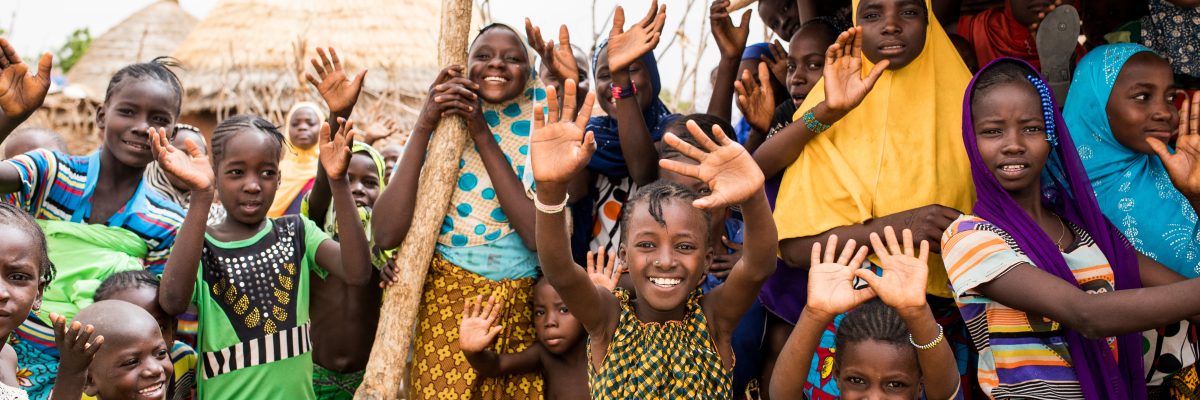Characterizing Trachoma Elimination Using Serology
Related Resources
Characterizing Trachoma Elimination Using Serology
Prevalence of Ocular Chlamydia Trachomatis Infection and Antibodies Within Districts Persistently Endemic for Trachoma, Amhara, Ethiopia
Prevalence of Ocular Chlamydia Trachomatis and Active Trachoma Among Children in Merhabete District, Amhara, Ethiopia
Global Impact Starts with You
Your support sustains the Carter Center's mission of waging peace, fighting disease, and building hope around the world.
